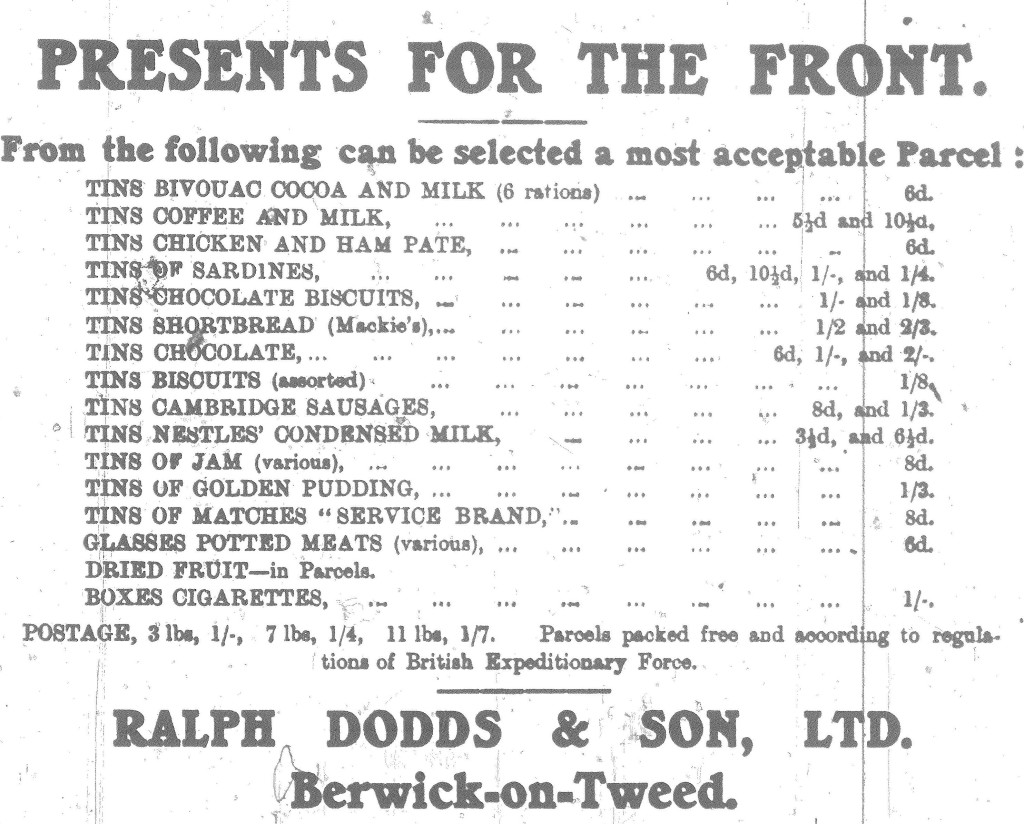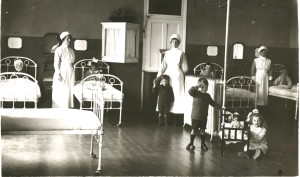Having looked at a case of genitourinary TB in a young male in our first post from 01/05/2015, part 2 will focus on a case of genitourinary TB in a young female.
Patient 83/1952 was 14 when she was admitted to Stannington from Newcastle General Hospital in May 1952 diagnosed with abdominal TB. She had first presented with serious illness in November of 1951 with lassitude, loss of weight, loss of energy, and a chest x-ray showing a probable primary in the right lower zone and enlargement of the hilar glands. Following three months bed rest an additional chest x-ray showed an improvement in the hilar glands and the disappearance of the primary focus and she was able to return to school. However, it was only a month later that she began to complain of abdominal pains and her abdomen began to swell and loss of weight and appetite recurred.
On admission to Newcastle General Hospital the quantity of fluid in the abdomen began to increase rapidly and her temperature was often raised so treatment with streptomycin and PAS was begun. She continued to receive the drug therapies when she was transferred to Stannington. An examination of the abdomen on admission to Stannington read as such:
‘Abdomen distended and taut. Ascites present. No enlargement of liver. Spleen not palpable. No masses palpable (probably due in part to tautness). Circumference = 32.5 inches.’
A continuation of the drug therapies throughout her stay at Stannington led to a marked improvement of her condition and she was eventually discharged as quiescent in March 1953. At no point in her case notes do the medical staff suggest that there might be any signs of genitourinary TB and continue to describe her condition as abdominal TB. However, the case was followed up by Doctors Miller and Taylor in the following years and published in a book of 1963, in which they describe the case:
“On examination she had pelvic masses clinically characteristic of bilateral tuberculous salpingitis (inflammation of the fallopian tubes). Despite chemotherapy (streptomycin and PAS) and bed rest the pelvic swellings, especially on the left side, became larger. A month after chemotherapy began they slowly regressed and in six months had disappeared.” [F.J.W. Miller, R.M.E. Seal, & M.D. Taylor, Case No. 114]
Later correspondence in her file from the Newcastle General Hospital dated from February 1963 indicates the lasting effect that this form of TB had on the patient. The patient is by this point 25 and married and attending an Infertility Clinic at NGH. The doctors there are requesting her medical history from Stannington in the hope that something within it might help to explain her current infertility.
Sources:
MILLER, F. J. W, SEAL, R. M. E, and TAYLOR, M. D. (1963) Tuberculosis in Children, J & A Churchill Ltd. p.558





